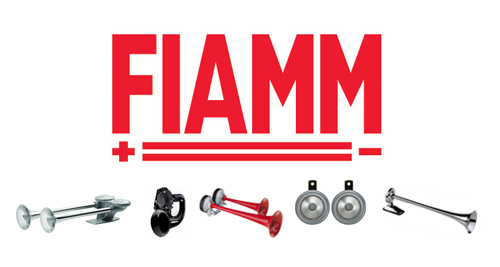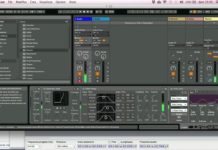
It will be one of the most critical issues for the automotive industry in the next three years: the sound of electric cars (EV) and hybrids (HEV). If you own a car, a motorcycle or a spaceship, it’s impossible that you never heard about the friendly Nissan LEAF, the sexy Fisker Karma or the worldwide well-known Toyota Prius. These will be the cars of our future, a new industrial mashup made of design, innovation and green technology.
This is surely nice, but electric and hybrid vehicles have a huge problem: they’re quiet. Too quiet. A conventional combustion-engine vehicle when stationery emits a sound of 50 dB, while the noise generated by an electric one is 0 dB. At a speed of 12 km/hr the conventional car is at 60 dB, the electric car is at 50 dB. When moving at a speed bigger than 20 km/hr, the intensity of the emitted sound is the same for all the vehicles, due to the friction with the ground. The reduced sound signature of hybrid and electric cars introduce a safety concern to cyclists and pedestrians, because they hardly detect vehicles at low speeds. This problem becomes more dramatic for blind and visually impaired pedestrians, who use auditory informations, like noise generated by vehicles, to localize streets, crossroads and make decisions in order to move safely.
I and Sara are working in Lorelei with FIAMM, world leader in the market of acoustic devices, for the development of a solution to the problem of quiet electric cars. Our mission: to guarantee the safety on the roads, but not only…
During these two years some car manufacturers and international governments are seriously coping the issue of silent vehicles, strongly pointed out by associations like the National Federation of the Blind, which reported that accidents to pedestrians and cyclists caused by EVs and HEVs are double with respect to the ones caused by combustion vehicles. In addition other studies showed that a sound hasn’t to be disturbing or loud, as the one generated by a conventional engine, in order to be perceived and detected effectively by pedestrians.
So where is the point? Some very inspiring words came from the speech of Frank Markus, director of Motor Trend Magazine, during the SAE Noise and Vibration Conference and Exhibition 2009:
Cool Sounding Electric and Hybrid Vehicles. We may need burdens serious innovation here, because simply playing to synthetic internal-combustion engine notes over an electric motor seems like cheating and is ultimately looking backward.
In a word: experimentation. That’s what we’re doing, working with advanced technological tools and adopting an innovation-oriented attitude, aimed to respect our everyday soundscape and prevent the noise pollution on the roads.
What methodologies are we adopting to understand which could be the sound of the electric car in the future? First of all it’s important to analyze all those events where the relationship between the vehicle and the pedestrian gets dangerous, for example when the car is moving slowly in a parking lot, approaching from a driveway, decelerating, stopping and/or doing a bend. Each action can be associated to a specific physical and acoustic behavior of the sound, which is analyzed to acquire useful information in order to rebuild an extremely informative new sound.
People at FIAMM show a truly open-minded attitude on the universe of Sound: together we are focusing on the analysis of the listener brain behavior during the perception and the processing of audio stimuli. The correct response to an audio stimulus representing a warning signal is determined by a lot of features of the sound itself, like a defined range of frequencies and a rhythmic pattern, but also by specific cultural, psychological and sociological references. Then our work is touching the boundaries of sound branding and we are very excited about it.
At last we are in the middle of a big challenge: we’re working very hard for the definition of the features of the electric car of the future and we can say Sound surely will have a predominant role.
- These two women will save the future of Sound Art with a web radio called Radio Papesse - June 20, 2016
- #SayItWithSound Contest: Sonify your World and Win - December 21, 2015
- Sound Technician at University of Greenwich - December 1, 2015






















Great article. What an exciting project to be part of! Congratulations Gianpaolo & Sara.
Hi Andrew, thank you very much, we’ll keep you informed
Hey,
great read.
This will become a really big topic in the near future.
All the best!
so thats why in the jetsons and such all the vehicles make cool sounds ! !
We’ll be able to download sounds for our vehicles to emit, ‘velocitones’, like ringtones now
Or maybe vehicle bodies designed to subtley resonate 8)
[…] and Sara were invited to present Sound for Electric Vehicles, the work we are conducting in Lorelei for the FIAMM Group, the italian company leader in the market of […]
[…] can read more about the congress and the sounds for EV concept on our blog! « Previous […]
[…] Electric dust for cars: working with FIAMM to create the future of sounds for electric and hybrid ve… […]
[…] Electric dust for cars: working with FIAMM to create the future of sounds for electric and hybrid ve… […]